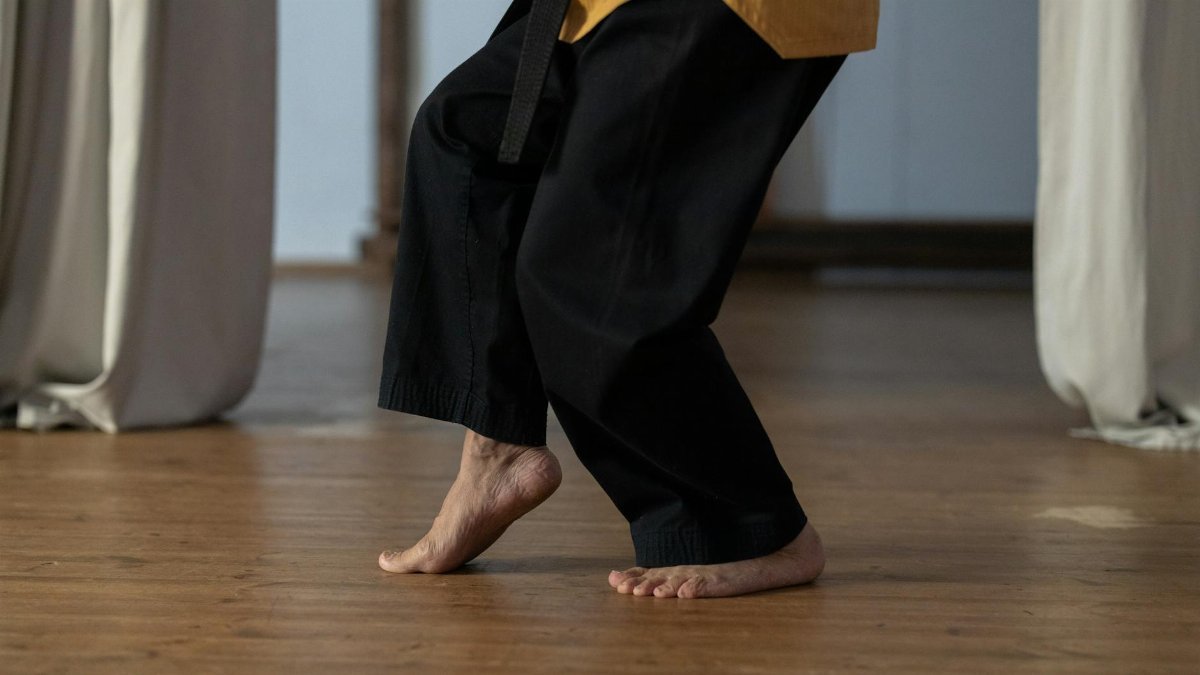Is the lumbopelvic stability test really the key to uncovering hidden weaknesses in your core? For athletes, fitness enthusiasts, and even those recovering from injury, this assessment tool is gaining traction as a way to evaluate how well the lower back and pelvis work together. With rising interest in self-administered health checks in 2025, understanding and performing these tests at home can empower you to address potential issues before they escalate. Here’s what you need to know about testing your core stability without stepping into a clinic.
What Is a Lumbopelvic Stability Test?

A lumbopelvic stability test measures how effectively your lower back (lumbar spine) and pelvis coordinate during movement. This region is critical for overall body mechanics, impacting everything from walking to lifting heavy weights. Poor stability here can lead to pain, injury, or inefficient movement patterns. These tests often involve specific positions or exercises to assess control and strength, revealing imbalances that might not be obvious during daily activities. Clinicians use them, but simplified versions can be done solo with minimal equipment.
Why Test at Home?

Testing lumbopelvic stability at home offers convenience and early insight. With healthcare costs climbing and wait times for physical therapy appointments stretching out, self-assessment lets you take charge. Identifying weaknesses early can prevent chronic issues like lower back pain, which affects over 60 million Americans annually, according to the CDC. Plus, it’s a proactive step for athletes aiming to optimize performance without waiting for a professional evaluation.
The Bridge Test: A Simple Start

One accessible lumbopelvic stability test is the single-leg bridge. Lie on your back, knees bent, feet flat on the floor. Lift your hips into a bridge position, then extend one leg straight while keeping your hips level. If your pelvis drops or you wobble, stability may be lacking. Hold for 10 seconds per side. Repeat three times, noting any asymmetry. This test targets glute strength and pelvic control, key indicators of lumbopelvic health.
Side Plank for Lateral Stability

Another effective check is the side plank. Prop yourself on one elbow, feet stacked, and lift your hips so your body forms a straight line. Hold for 20-30 seconds per side. Shaking or a dipping pelvis signals weakness in the obliques or hip stabilizers, critical for lumbopelvic function. Research from the National Library of Medicine highlights how lateral core stability reduces injury risk during dynamic movements.
Dead Bug: Testing Coordination

The dead bug exercise doubles as a stability test. Lie on your back, arms and legs raised. Slowly lower one arm and the opposite leg toward the floor while keeping your lower back pressed down. Alternate sides for 10 reps. If your back arches or you lose control, it’s a sign of poor lumbopelvic coordination. This move tests how well your core braces under load, a fundamental aspect of stability.
Common Red Flags to Watch For

When self-administering these tests, look for key warning signs. Uneven hip alignment, excessive shaking, or pain during movements can indicate underlying issues. Inability to hold positions for the suggested time also points to weakness. If you notice these, it’s worth consulting a physical therapist for a deeper evaluation. Ignoring persistent problems can lead to compensatory injuries elsewhere, like the knees or shoulders, due to improper movement patterns.
Limits of Self-Testing

While home tests for lumbopelvic stability are useful, they’re not a substitute for professional diagnosis. Subtle imbalances or pain sources might be missed without expert eyes. Equipment like pressure biofeedback units, often used in clinical settings, can provide precise data that self-assessment can’t replicate. Use these tests as a starting point, but don’t hesitate to seek help if results are concerning or if you’re managing an existing injury.
Next Steps After Testing

If your self-administered lumbopelvic stability test reveals weaknesses, start with targeted exercises like planks, bird dogs, or pelvic tilts to build control. Consistency matters—aim for 10-15 minutes daily. Track progress weekly by retesting. For ongoing issues, connect with a physical therapist or trainer to develop a tailored plan. Staying ahead of instability now can save you from pain or downtime later, especially as fitness trends in 2025 push for more self-reliant health practices.

As an education professional with a background in Biology and Physics, Dr. Christoph Weber is the analytical heart of Fulfilled Humans. He ensures every piece of content is insightful and grounded in credible knowledge.
Disclaimer
The content on this post is for informational purposes only. It is not intended as a substitute for professional health or financial advice. Always seek the guidance of a qualified professional with any questions you may have regarding your health or finances. All information is provided by FulfilledHumans.com (a brand of EgoEase LLC) and is not guaranteed to be complete, accurate, or reliable.
